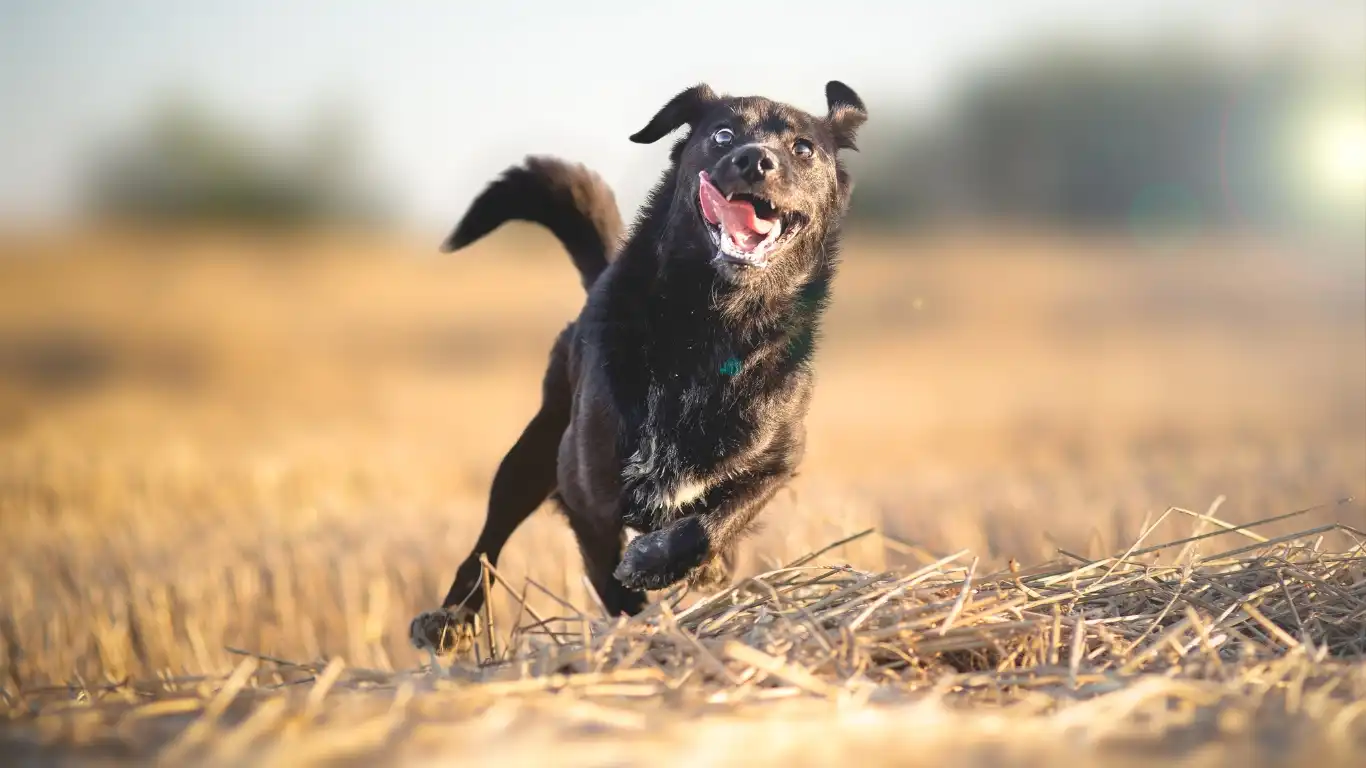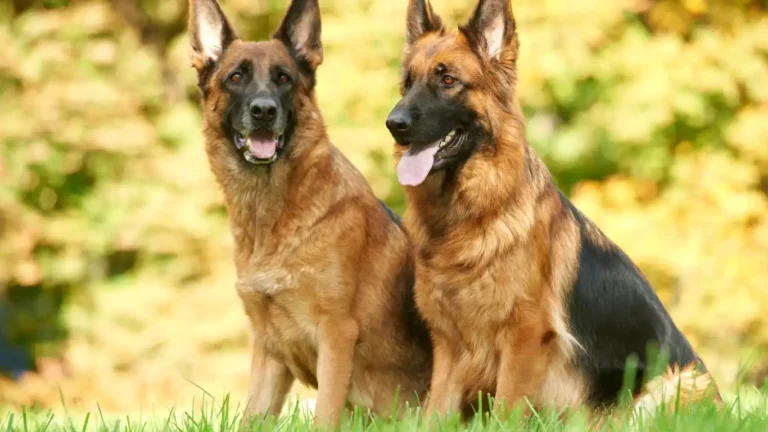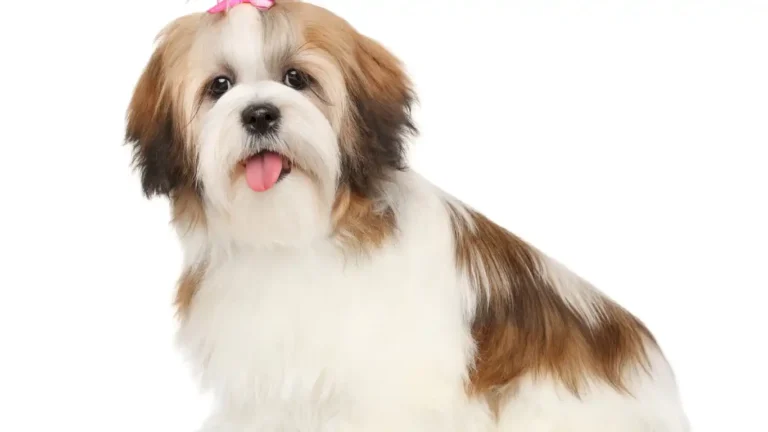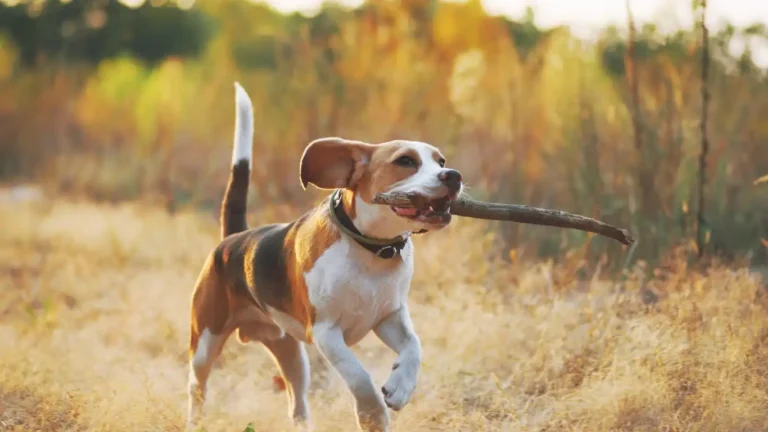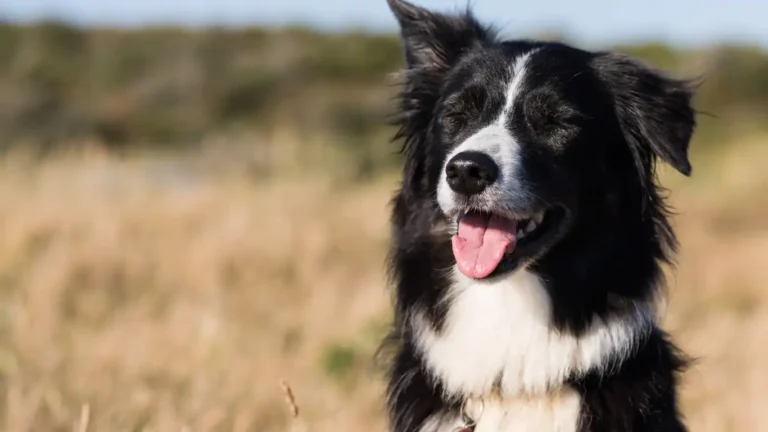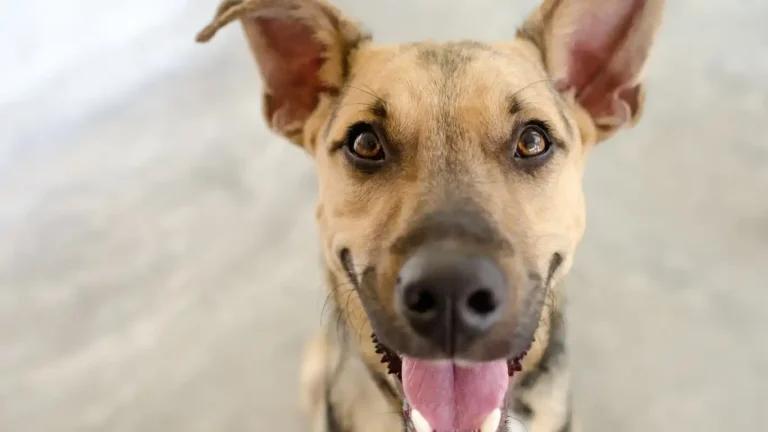Best Indoor Potty Training Solutions for Dogs That Actually Work
When it comes to indoor potty training for dogs, it’s no secret that it can be a challenging process for both pet parents and their furry companions. As a Canine-Assisted Therapy Trainer with years of hands-on experience, I’ve seen firsthand how stressful it can be for both dogs and owners when trying to figure out the right potty solutions. Whether you’re living in an apartment, dealing with cold weather, or simply don’t have a yard, indoor potty training solutions for dogs are a practical and necessary alternative. But how do you get started? What are the best options to ensure your dog understands where they should go?
Understanding Indoor Potty Training Solutions
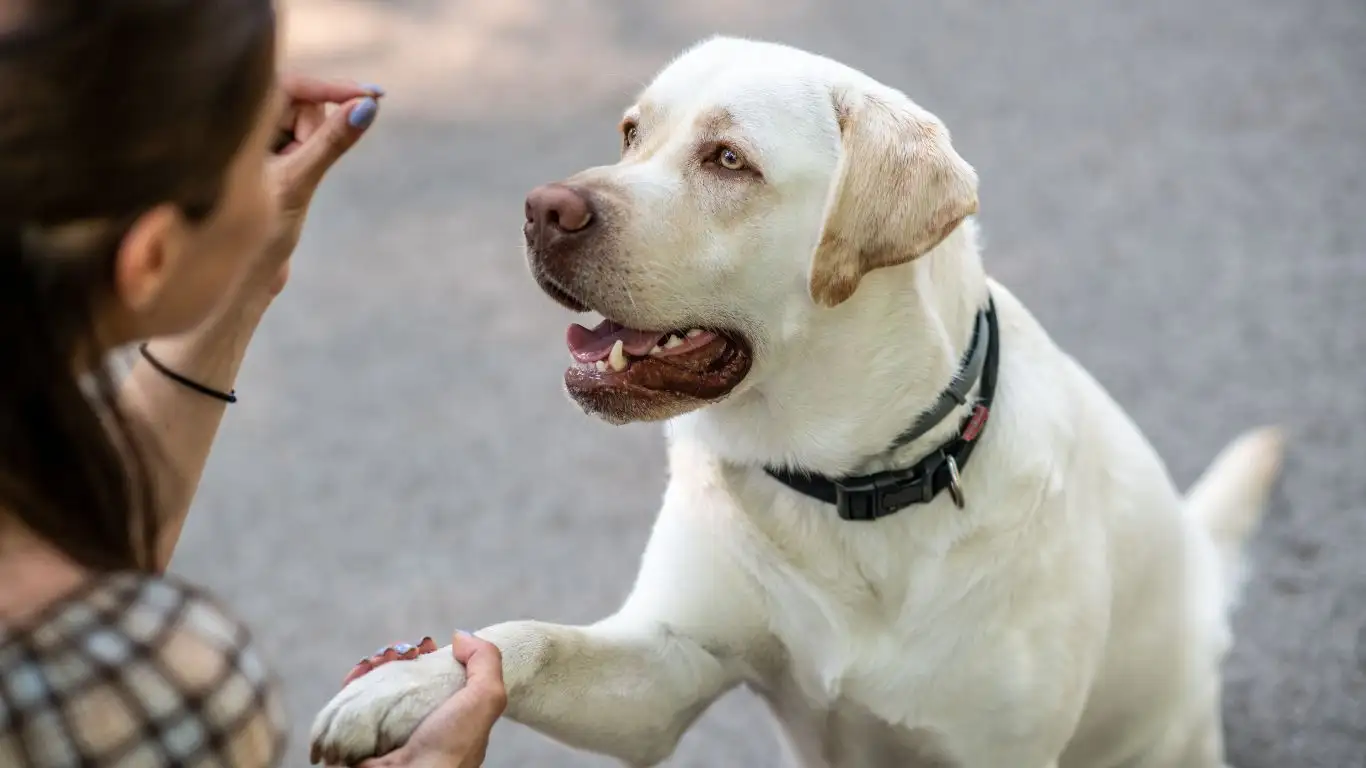
Indoor potty training isn’t just about teaching your dog to use a specific spot inside your home. It’s about creating a positive association with the process and making sure your dog feels comfortable with the change. Over the years, I’ve discovered that the key to success lies in choosing the right approach that fits both your dog’s personality and your living environment. No two dogs are the same, so what works for one pup might not work for another. So, how do you figure out which solution works best for you and your dog?
Why Indoor Potty Training Matters
If you’re wondering why indoor potty training is even necessary, consider this: many pet owners struggle with potty training due to living situations that don’t provide easy access to outdoor spaces. Whether it’s an apartment complex, a high-rise building, or harsh weather conditions, some situations just make outdoor potty training unfeasible. As a professional in canine training, I’ve seen clients who are unable to take their dogs outside due to physical limitations or other factors. In these cases, an indoor solution not only saves time but also ensures your dog can go when needed without relying on the great outdoors.
Exploring Potty Pad Options
One of the most common indoor potty training solutions that I recommend is potty pads. These pads are designed to absorb urine, making clean-up easier and preventing accidents from spreading throughout the home. However, there’s more to potty pads than just putting them down and hoping for the best. In my experience, it’s important to introduce the potty pad gradually, reinforcing positive behavior as your dog begins to understand where they should go. Make sure to place the potty pad in an area that’s easily accessible for your dog, preferably close to their resting or play area, to encourage familiarity.
Types of Potty Pads to Consider
- Disposable Pads: These are the most common type of potty pad, and they’re usually affordable and convenient. They come in various sizes, so you can choose one that fits your dog’s size and your space.
- Reusable Pads: These eco-friendly options can be washed and reused, saving you money in the long run. They also tend to have better absorption and are often more durable than disposable pads.
- Grass-Like Pads: These pads are designed to mimic the look and feel of grass. Dogs who are used to outdoor pottying might find these particularly appealing, as they provide a more natural surface.
Understanding Your Dog’s Behavior During Indoor Potty Training
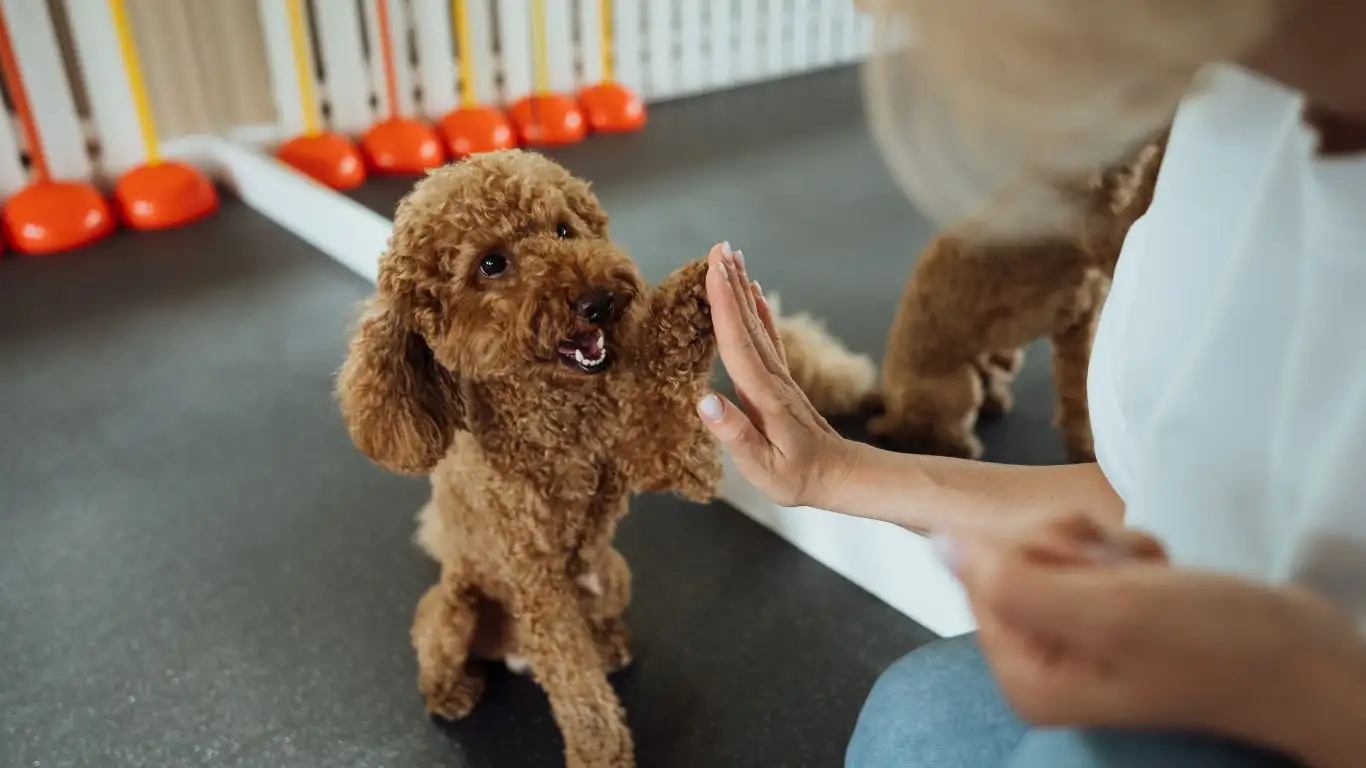
To make your indoor potty training efforts as successful as possible, it’s essential to understand your dog’s behavior. Potty training is as much about consistency as it is about patience. Dogs thrive on routines, and they’ll begin to learn what’s expected of them when you maintain a consistent schedule. In my experience, the dogs that struggle with potty training are often those who don’t have a routine or those whose owners don’t remain consistent in their approach. Whether it’s frequent potty breaks, supervised indoor time, or rewarding the correct behavior, setting a strong routine is key.
Signs Your Dog Needs to Go
One of the most important parts of indoor potty training is recognizing the signs that your dog needs to go. Dogs are great at communicating their needs, but sometimes it’s up to us to read their body language. I’ve worked with many owners who didn’t realize their dog was giving signals that they needed a potty break. Some signs to watch out for include:
- Sniffing around: If your dog is sniffing the floor or in circles, this often means they’re looking for a spot to go.
- Restlessness: A restless dog that is pacing around or seems to be unsettled might be trying to tell you they need to go potty.
- Whining or barking: This is especially true for dogs that are used to having their potty needs addressed on a schedule. If your dog is suddenly vocalizing, it might be time for a break.
How to React When You See the Signs
When you notice your dog showing signs that they need to go potty, don’t hesitate to act. I always tell my clients that timing is everything. React quickly, but calmly. Rushing your dog or showing frustration can make them anxious, which can hinder the potty training process. Instead, guide them to their designated potty area, praise them for going in the right spot, and offer a small treat as a reward. Positive reinforcement is a huge part of training, and I’ve seen dogs respond incredibly well when they know they’re doing something right.
The Benefits of Indoor Potty Training
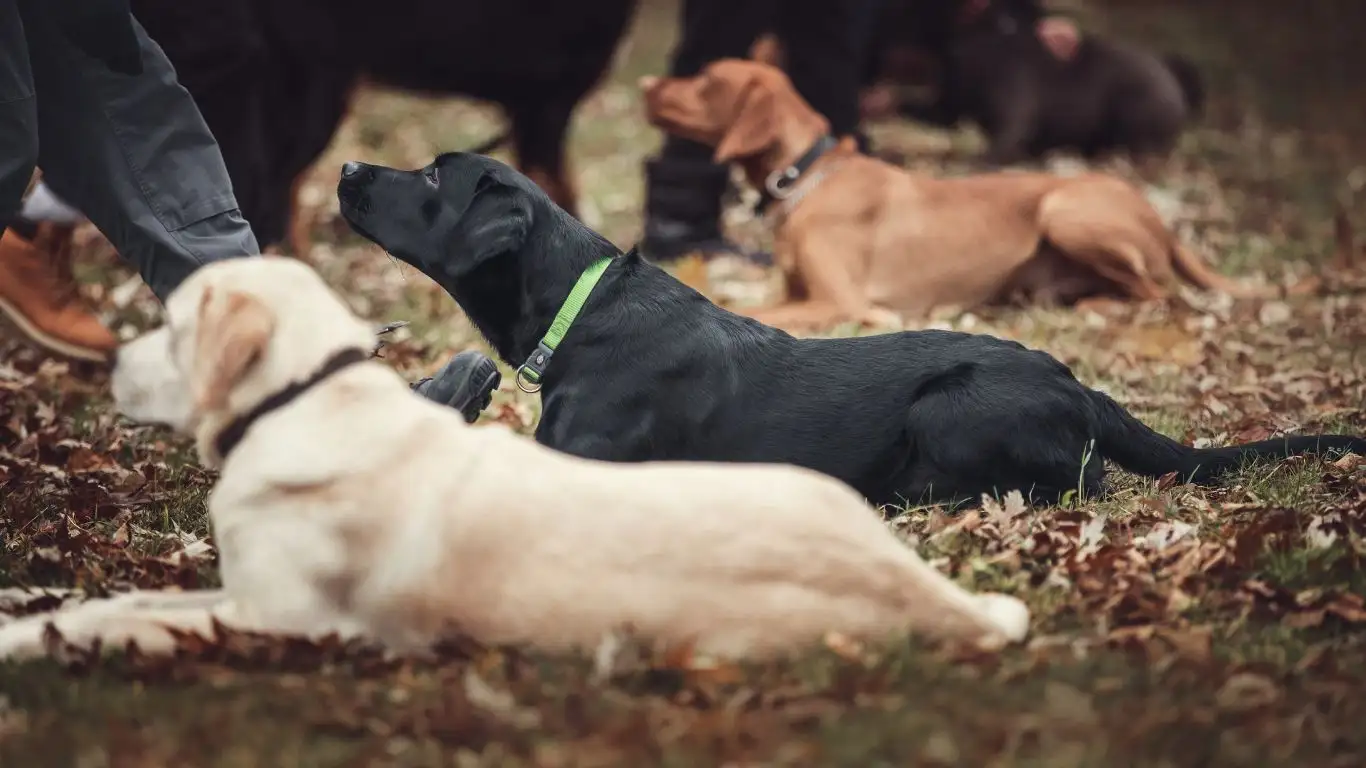
There are several benefits to choosing indoor potty training solutions for your dog. Not only does it save you time and hassle, but it also provides your dog with more opportunities for success, especially if they struggle with outdoor potty training. Indoor potty training can be particularly beneficial for puppies, senior dogs, and dogs with medical issues that prevent them from going outside. Additionally, it provides peace of mind for pet owners who may not have a backyard or may not be able to take their dogs out frequently.
Indoor Training Is Perfect for Busy Schedules
As a pet owner with a busy schedule, the flexibility of indoor potty training solutions can be a real lifesaver. I’ve worked with countless dog owners who have full-time jobs or busy lifestyles and struggle to find time for potty breaks throughout the day. With indoor solutions like potty pads or even doggy grass mats, you can rest assured that your dog is taken care of even when you’re not around. As long as you keep a consistent routine, your dog will learn to use their designated potty spot every time they need to go.
Additional Indoor Potty Training Tools to Consider
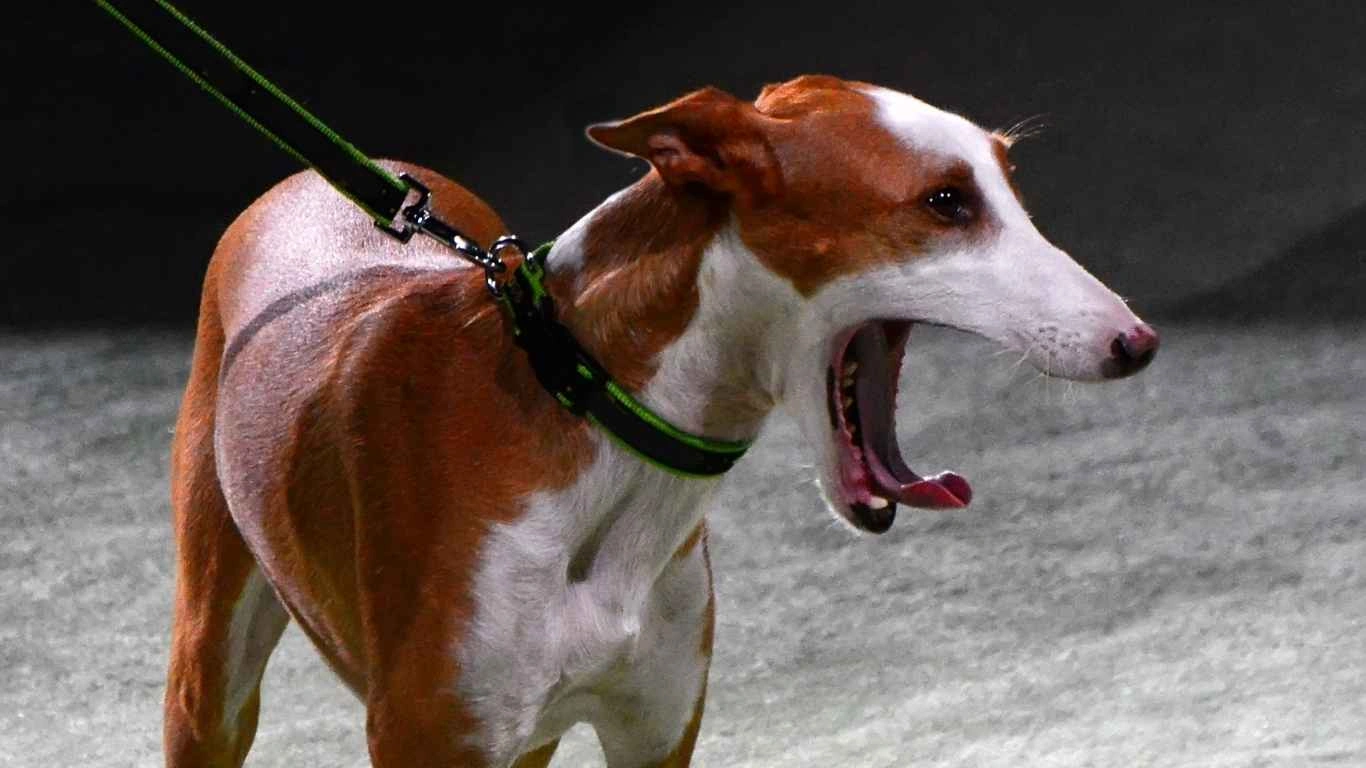
While potty pads are one of the most common indoor potty training solutions, there are several other tools and alternatives that can be incredibly helpful. From training grass mats to artificial turf, having the right equipment can make all the difference. Each dog is unique, so it’s essential to try a few different options and see what works best for your pet. In my experience as a Canine-Assisted Therapy Trainer, I’ve seen that some dogs respond better to specific setups, and others prefer a variety of textures or surfaces. Let’s dive into some additional potty training solutions you can consider!
Artificial Grass Mats for Dogs
If you’re dealing with a dog that loves being outdoors or has been trained to go potty on grass, artificial grass mats might be a great solution. These mats are designed to mimic real grass and are often easier to clean than traditional potty pads. Many owners find that dogs who are used to doing their business on grass respond positively to these mats. The texture and scent of artificial grass can often encourage your dog to go potty where you want them to.
Choosing the Right Artificial Grass Mat
When selecting an artificial grass mat, there are a few things to keep in mind. First, consider the size of your dog. If you have a small dog, a smaller mat might be sufficient, but larger breeds will need more space. Additionally, it’s essential to look for a mat with drainage holes, so urine can flow through easily, preventing odors from building up. The best artificial grass mats are also easy to clean—look for mats that are machine washable or can be rinsed down with a hose. Don’t forget to check reviews for durability, as you’ll want a product that can withstand frequent use.
Indoor Dog Litter Boxes
Another option you might want to explore is an indoor dog litter box. These are especially great for small dogs or puppies who might struggle with potty pads. Some litter boxes are designed with a special absorbent material to handle waste effectively. In my experience, litter boxes tend to work best for dogs that are already familiar with using a specific surface, such as sand or dirt. If you have a dog who frequently relieves themselves in one particular spot in your home, a litter box might be just the solution you need.
How to Introduce the Litter Box to Your Dog
- Start Slow: Just like potty pads, it’s important to introduce the litter box gradually. Place it in an area where your dog is comfortable, and don’t force them to use it.
- Encourage Exploration: Dogs tend to explore new objects, so allow your dog to sniff and interact with the litter box without feeling pressured.
- Use Positive Reinforcement: Reward your dog with praise or treats when they use the litter box correctly. Positive reinforcement helps establish good habits and makes your dog more likely to repeat the behavior.
How to Make Potty Training a Positive Experience
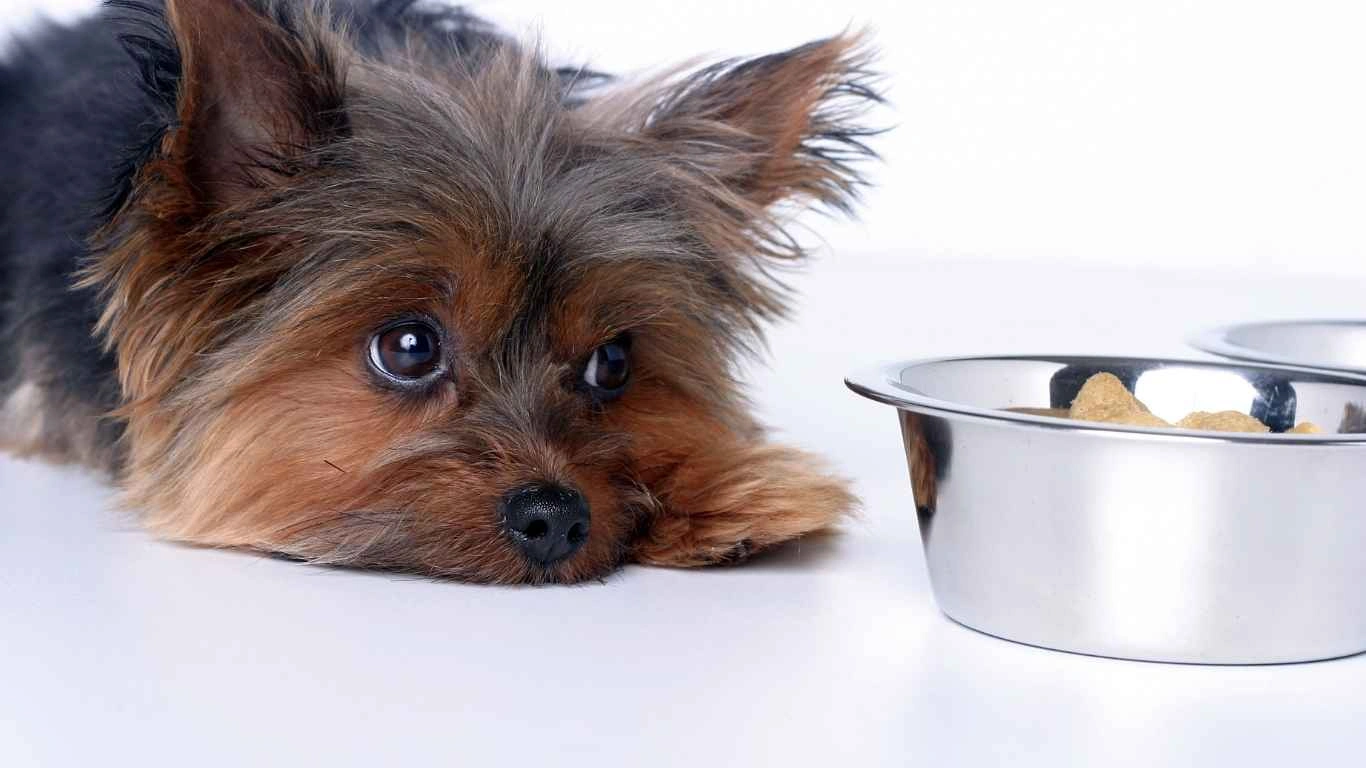
Potty training doesn’t have to be stressful! In fact, one of the best ways to ensure success is by making the experience enjoyable for your dog. When dogs associate potty time with something positive, they’re more likely to do their business in the designated spot. I always emphasize the importance of keeping the process light and enjoyable. Training shouldn’t feel like a punishment; it should feel like a fun and rewarding activity for both you and your dog.
Incorporating Games and Rewards
In my experience, adding a playful element to potty training can make all the difference. Whether you’re using potty pads, an artificial grass mat, or a litter box, I encourage owners to make the process feel like a game. For example, you could turn potty training into a scavenger hunt where your dog gets a treat every time they go in the right spot. Dogs love routines, and when they’re rewarded for their success, they’re more likely to understand that they’ve done something good. Remember, consistency is key, and rewarding your dog for every successful potty break goes a long way in reinforcing positive habits.
The Role of Patience in Potty Training
Patience is often the biggest challenge for pet owners during potty training. I’ve worked with countless clients who get frustrated when their dogs don’t pick up the habit as quickly as they’d like. But here’s the truth: potty training takes time, and every dog learns at their own pace. It’s important to stay calm and patient throughout the process, even when accidents happen. Dogs, especially puppies, are still learning how to control their bladder and may have accidents during training. Instead of scolding or punishing them, simply clean up the mess and move on. Over time, your dog will learn the routine and make fewer mistakes.
When to Consider Professional Help
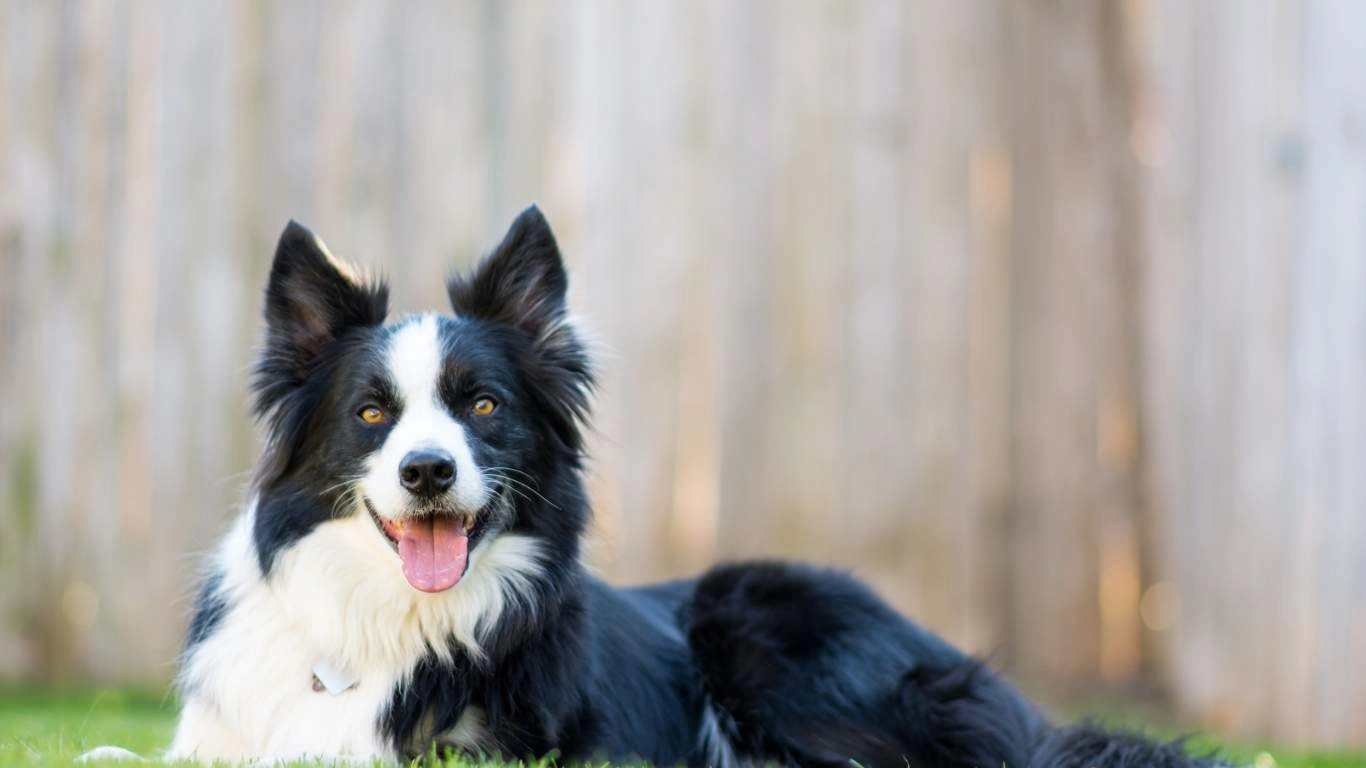
Sometimes, despite your best efforts, indoor potty training might not go as smoothly as expected. If you find that your dog is struggling or you’re facing a roadblock, it may be time to seek professional help. As a Canine-Assisted Therapy Trainer, I’ve worked with many pet owners who needed additional guidance. There’s no shame in asking for help, and in some cases, working with a professional can speed up the potty training process.
Signs That You Might Need Help
- Frequent Accidents: If your dog continues to have frequent accidents indoors despite consistent training, it may indicate an underlying behavioral or health issue.
- Severe Anxiety: Some dogs may experience anxiety during potty training, which can lead to accidents. A trainer can help assess and address any anxiety-related issues.
- Lack of Progress: If you’ve been working on potty training for a while and are not seeing any improvement, a trainer can offer fresh strategies and advice.
Remember, hiring a professional trainer isn’t a sign of failure—it’s a sign of dedication to your dog’s well-being. The right trainer can help assess the situation, offer tailored advice, and ensure that both you and your dog are set up for success.
Creating the Ideal Indoor Potty Area for Your Dog
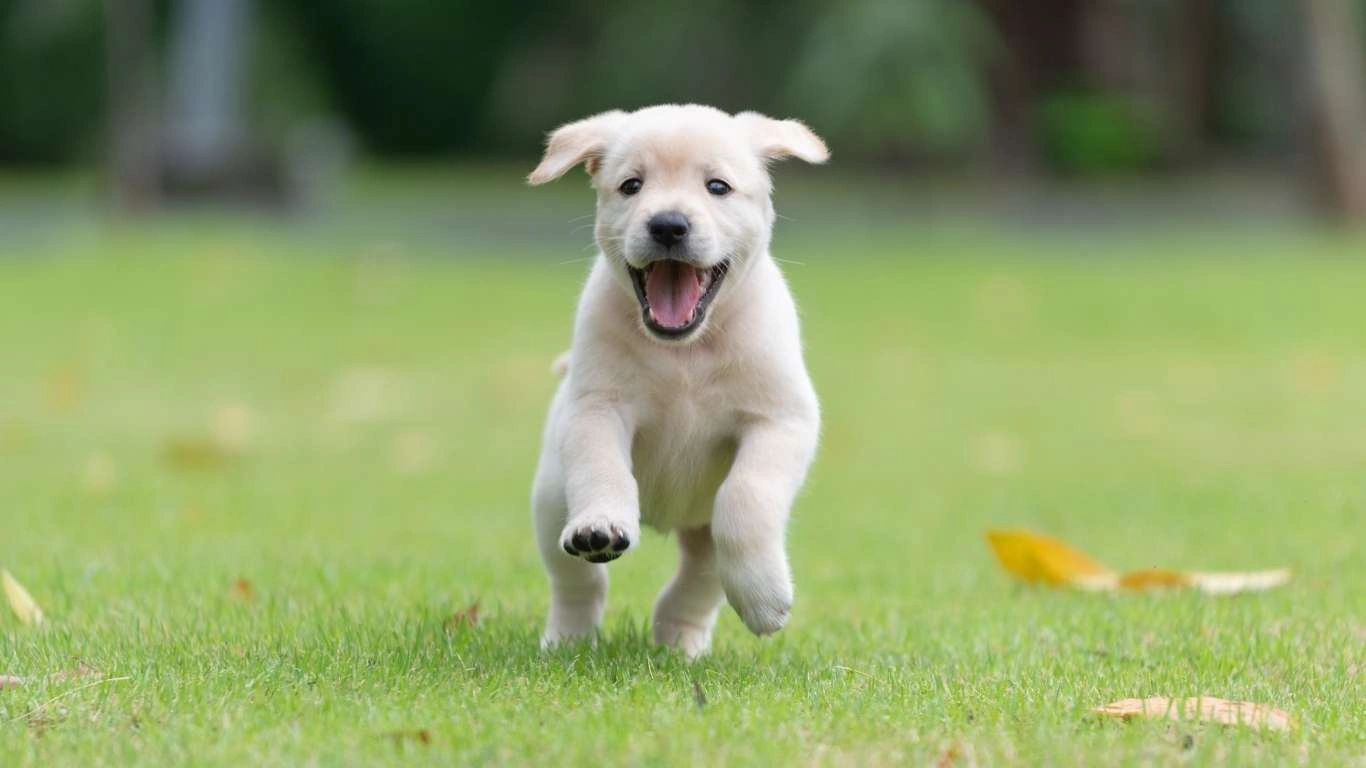
One of the most important aspects of indoor potty training is setting up a dedicated space for your dog to do their business. The key here is consistency. Whether you’re using potty pads, grass mats, or a litter box, your dog will benefit from having a specific area where they can always go. Trust me, having a designated potty spot reduces confusion for your dog and makes the whole process much easier for both of you. In my work with clients, I’ve seen time and time again how important it is to create an area that’s both comfortable and easy to access.
How to Set Up the Potty Area
When selecting a spot for your dog’s potty area, choose a location that’s easily accessible but also quiet and private. You don’t want your dog to feel stressed or distracted while potty training, so avoid high-traffic areas in your home. If you’re using potty pads, place them in a corner or a designated spot where your dog can go consistently. If you’re using an artificial grass mat or litter box, make sure the area is spacious enough for your dog to feel comfortable while they go. The goal is to create a positive, calm environment for your dog to associate with potty time.
Keep the Area Clean and Tidy
Keeping the potty area clean is essential for success. If the area smells bad or gets dirty quickly, your dog may not want to use it. As a Canine-Assisted Therapy Trainer, I’ve seen how important cleanliness is to maintaining a positive potty experience. Regularly clean potty pads, artificial grass mats, or litter boxes to avoid any lingering odors. Many products come with odor-neutralizing properties or disposable layers, which can make cleaning a lot easier. This will not only help your dog feel more comfortable but also prevent accidents from happening outside the designated area.
Using Crates for Potty Training
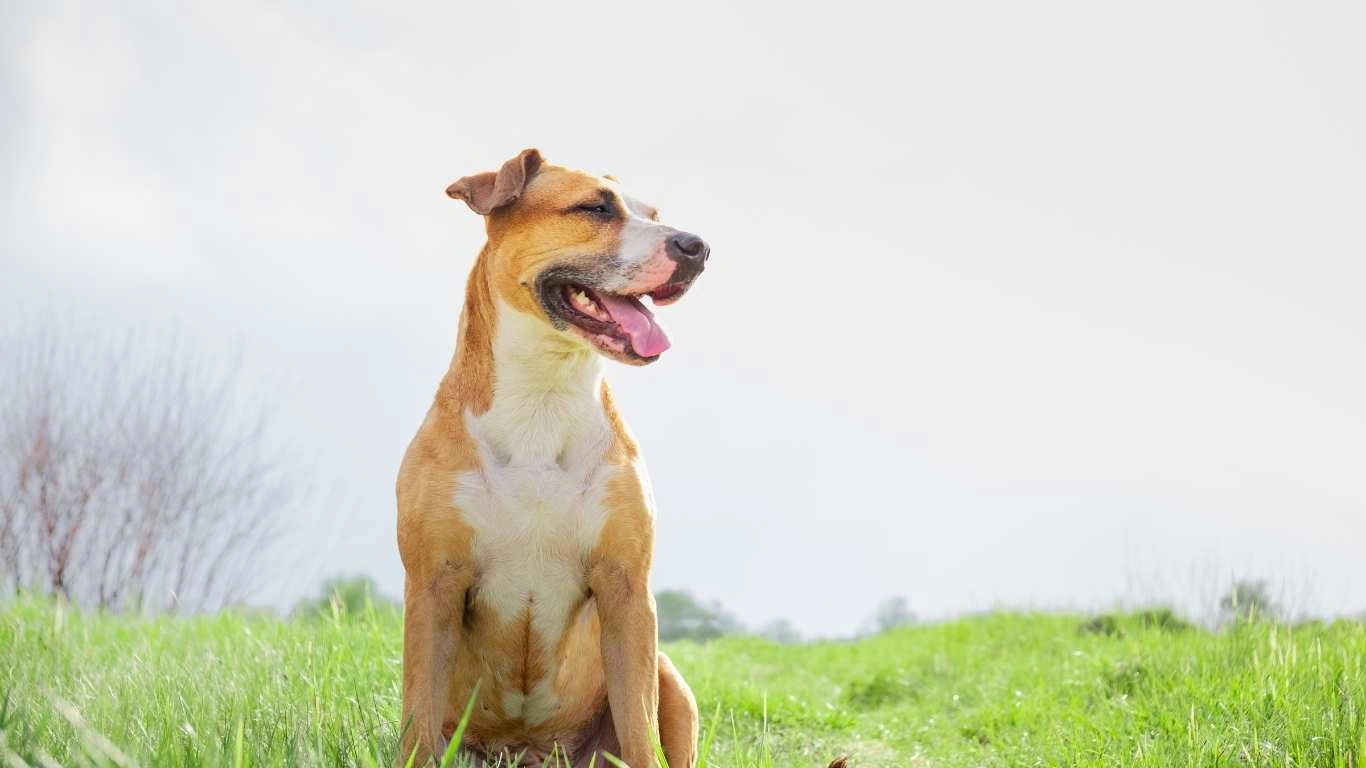
Crate training is another great tool for indoor potty training. Crates help dogs understand that they need to hold it until they’re let out. It’s important, though, to use the crate correctly. I’ve had clients who mistakenly overuse crates, which can lead to stress and anxiety for the dog. When crate training, the key is to create a positive association with the crate. If your dog learns that the crate is a safe, comfortable place to rest, they will be more willing to hold their bladder while inside. It’s a process, and like all training, it requires consistency and patience.
Introducing the Crate
Start by introducing your dog to the crate slowly. Never force them into it. Make sure the crate is spacious enough for your dog to stand up, turn around, and lay down comfortably. It should feel like their own little den. I suggest placing a blanket or some toys inside to make it a cozy space. Once your dog gets used to spending short periods of time in the crate, start using it during potty training to help them associate the crate with resting and waiting for potty breaks.
Crate Training Do’s and Don’ts
- Do: Use the crate as a tool for teaching your dog to hold their bladder until they are let outside or to their indoor potty area.
- Don’t: Leave your dog in the crate for too long. A crate is not a punishment, and your dog shouldn’t be confined for hours on end. It’s important to give them potty breaks regularly.
- Do: Reward your dog with praise or a treat when they successfully hold their bladder in the crate.
- Don’t: Use the crate for extended periods while you’re away. If you’re out for a long time, consider hiring a pet sitter or using a dog walker.
How to Handle Accidents During Indoor Potty Training
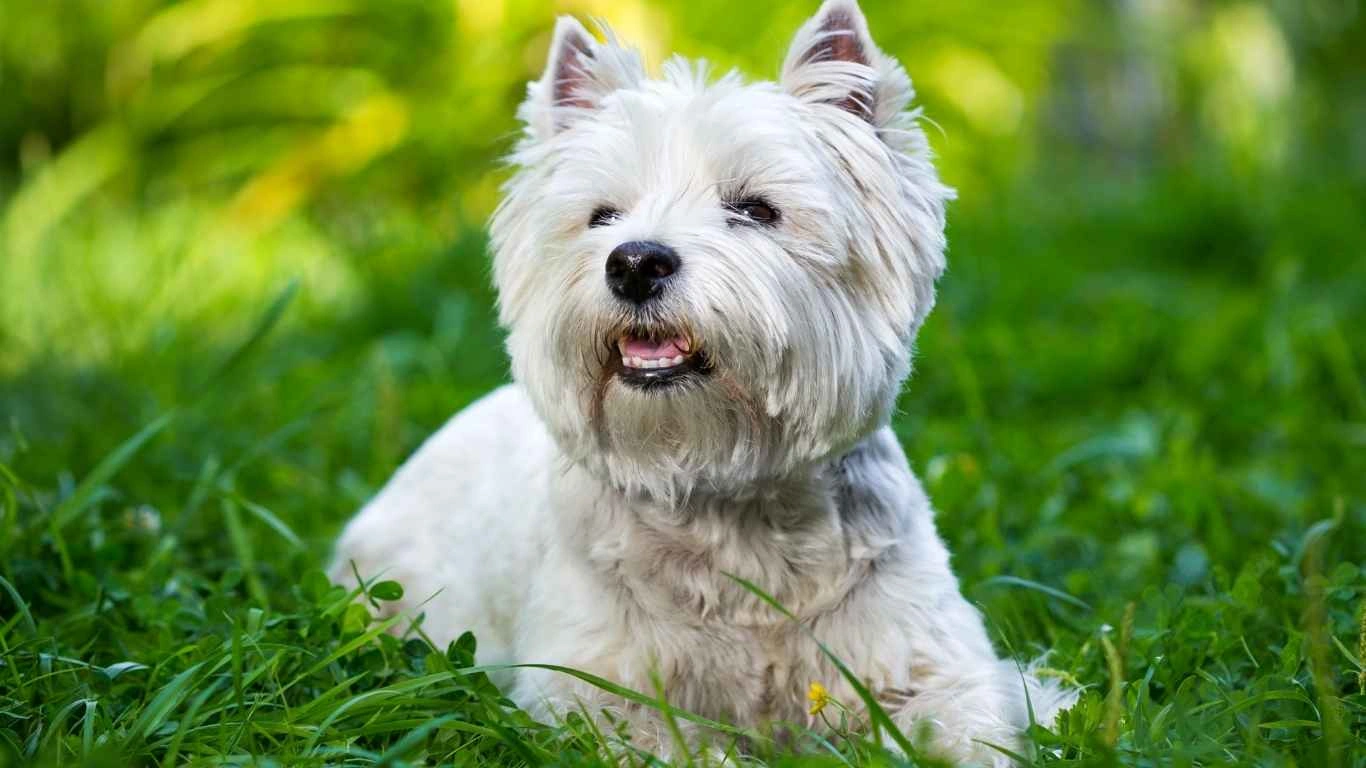
Let’s face it, accidents are bound to happen during the potty training process. And while they can be frustrating, it’s important to remember that accidents are a part of learning. Dogs are creatures of habit, and they will make mistakes while they figure out where they’re supposed to go. The key here is to stay calm and handle the situation appropriately. I’ve worked with a lot of pet owners who get discouraged when accidents happen, but it’s important to stay patient. In fact, most dogs will improve and eventually stop having accidents if their owners stay consistent and provide positive reinforcement.
What to Do When Accidents Happen
If your dog has an accident indoors, don’t punish them. Dogs don’t understand punishment the way we do. Instead, simply clean up the mess and move on. In my experience, scolding your dog for an accident can lead to confusion and anxiety, which only makes the training process more difficult. Remember, potty training is a positive process, and your dog will learn best when they feel safe and confident.
How to Clean Up Accidents
- Use an enzymatic cleaner: Regular cleaning products might not completely eliminate the odor. Enzymatic cleaners are designed to break down urine and other organic substances, ensuring that your dog doesn’t return to the same spot.
- Don’t use ammonia-based cleaners: The scent of ammonia can mimic the smell of urine, which could encourage your dog to mark the same spot again.
- Be thorough: Ensure the entire area is cleaned and dried. If any trace of the accident remains, your dog might return to the same spot.
Preventing Future Accidents
To prevent future accidents, keep an eye on your dog’s behavior. If you notice that your dog seems to need a potty break, take them to their potty area immediately. Consistency is key, and over time, your dog will learn to associate their potty area with going to the bathroom. If you’re using a crate or a playpen, it’s helpful to limit your dog’s access to other parts of the house when you can’t supervise them. This will help prevent accidents and keep your dog on track with their potty training.
